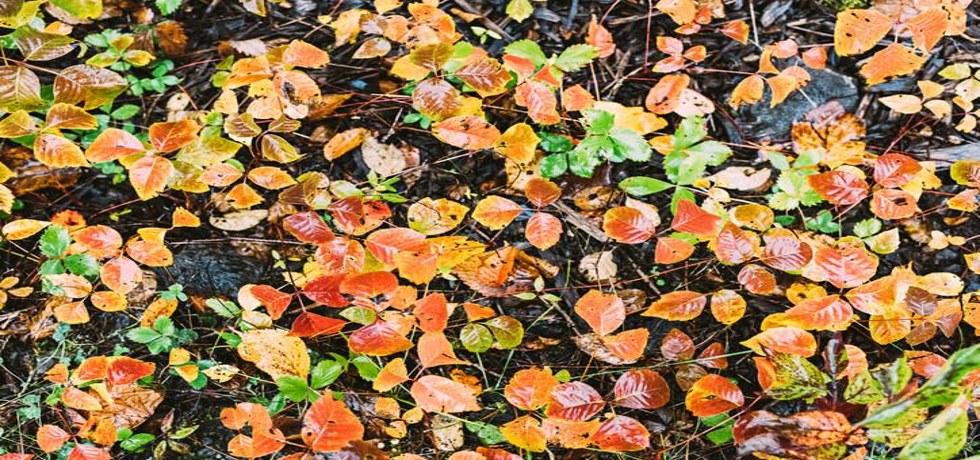
Scratching the Surface: The Truth About Poison Ivy
Understanding Poison Ivy
Poison ivy is more than just a pesky plant; it’s a common source of skin irritation that many people in India may face, especially during the wet season. Earlier this summer, I encountered a severe case of poison ivy, waking up in the middle of the night with an unbearable itchscratchin’ like a hound! It highlighted just how important it is to understand the facts about this notorious plant and know how to handle a potential rash effectively.
How You Can Encounter Poison Ivy
Its a common misconception that contact with poison ivy only occurs when one brushes against its shiny leaves. However, urushiol, the oily resin responsible for the allergic reaction, can be found on all parts of the plant throughout the year, including the stems, bark, and even flowers. You can easily come in contact with it through contaminated clothing, gardening tools, or even your furry friends who may unknowingly wander near it. Be mindful in nature, and always wash your hands thoroughly after outdoor activities to avoid a case of poison ivy.
Immediate Steps to Take if Exposed
If you suspect you’ve been exposed to urushiol, wash the affected area with soap and water immediatelydish soap works best! This is crucial, as your risk of developing a rash increases significantly the longer the resin remains on your skin. Also, remember to clean any items that may have touched the plant to prevent further exposure. Taking these quick measures can significantly mitigate the chances of developing a rash and reduce the severity if it does occur.
Understanding the Rash Development
The onset of a poison ivy rash can take anywhere from four hours to a few days after exposure. This delayed response is due to your immune system being activated by urushiol, leading to a red, itchy rash that may have blisters. Once your skin reacts, it can be a troublesome ordeal, spreading if the resin is carried to other areas of your body. Thankfully, the rash itself is not contagious, so you need not worry about spreading it to others after washing the oil off.
Options for Treating Poison Ivy
If you do find yourself dealing with a poison ivy rash, over-the-counter remedies might help for milder cases. Using a thin layer of topical hydrocortisone can provide relief if the rash is localized and not extensive. However, if the rash spreads, stronger options may be needed. Oral steroids might be prescribed by a healthcare provider for more significant reactions. Regardless of the severity, always consult with a dermatologist for the best course of action, especially if the rash affects sensitive areas like the face or groin.
Conclusion: Stay Informed and Prepared
Staying informed about poison ivy and its potential impacts can help you enjoy the great outdoors without worry. Whether youre hiking through lush trails or gardening in your backyard, be vigilant about the environment around you. Should you ever find yourself facing poison ivy, quick action and appropriate treatment are key. Always consult a professional for the best advice tailored to your skins needs.
For professional assistance and expert advice from leading dermatologists like Dr. Hital Patel, experience the benefits of Scratching the Surface: The Truth About Poison Ivy with Hair & Skin Specialist Dr. Hital Patel at The Skin Artistry. Our clinics in PDPU Gandhinagar, Vastrapur Ahmedabad, and Hyderabad (Visiting Consultant) offer top-quality care and personalized treatments. Visit us today to learn more about our services and take advantage of our special offers! For more insights, updates, or to collaborate, stay connected with The Skin Artistry.

